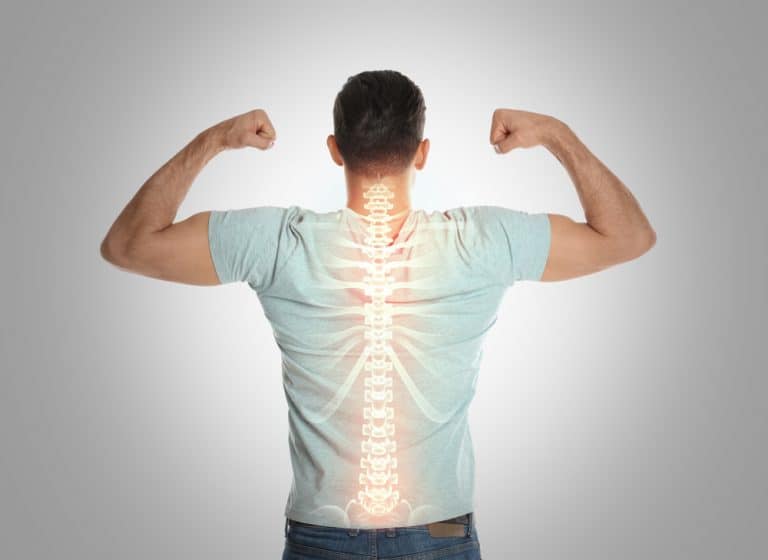Kyphoplasty in Union Square, NY
At NY Spine Medicine, we specialize in kyphoplasty procedures, offering cutting-edge treatment for vertebral fractures and osteoporosis pain relief in Union Square, NY. Our experienced team is dedicated to providing exceptional care and restoring mobility to our patients throughout New York City.









